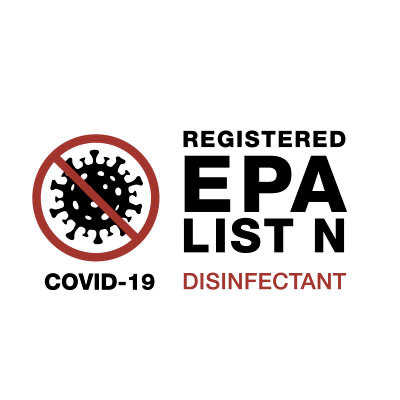Key Differences Between Two Common Pathogens
Bacteria
are single-celled microorganisms that have been in existence for at least 3.5 billion years. They have a rigid cell wall surrounding internal components for reproduction and survival. Less than 1% of bacteria are pathogenic, and many infections and diseases caused by bacteria can be treated with antibiotics.
Newer strains present greater danger. Over 2.8 million people get infections caused by antibiotic-resistant bacteria each year. 35,000 people die from these evolved strains in the U.S. alone. When a bacteria evolves mechanisms against more than one antibiotic, we are dealing with “Multi Drug Resistant Bacteria.” These killers present two challenges. They are difficult to treat and they can help other bacteria develop multi drug resistance, enabling them to spread even further. Common bacteria include salmonella, staff, strep, and e.coli, causing diseases such as infections, diarrhea, meningitis, pneumonia, and tuberculosis.
Viruses
are 10 to 100 times smaller than the smallest bacteria and evolved around 2 billion years later than bacteria. They have a protein shell that surrounds their genetic material. Viruses are considered not to be alive. They need to use a host cell to make new proteins and begin reproducing. Once new viruses have been made, they spread to new cells and new hosts, causing diseases like influenza, the common cold, herpes, HIV, and COVID-19.
Both bacteria and viruses can be spread via:
- Airborne Droplets
- Surface Contamination
- Contact With Bodily Fluids
- Contact With Animals or Insects
Preventing the spread of infectious disease caused by bacteria and viruses has always been a main concern in pathogen-rich environments such as hospitals and long-term care facilities. The COVID-19 pandemic has lead to higher standards for sanitation and disinfection in indoor environments—even our homes. Many restaurants, hotels, schools, gyms, and workplaces are now using EPA List N disinfectants to protect against evolving pathogens, including COVID-19.




